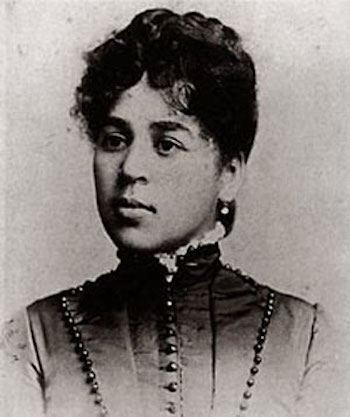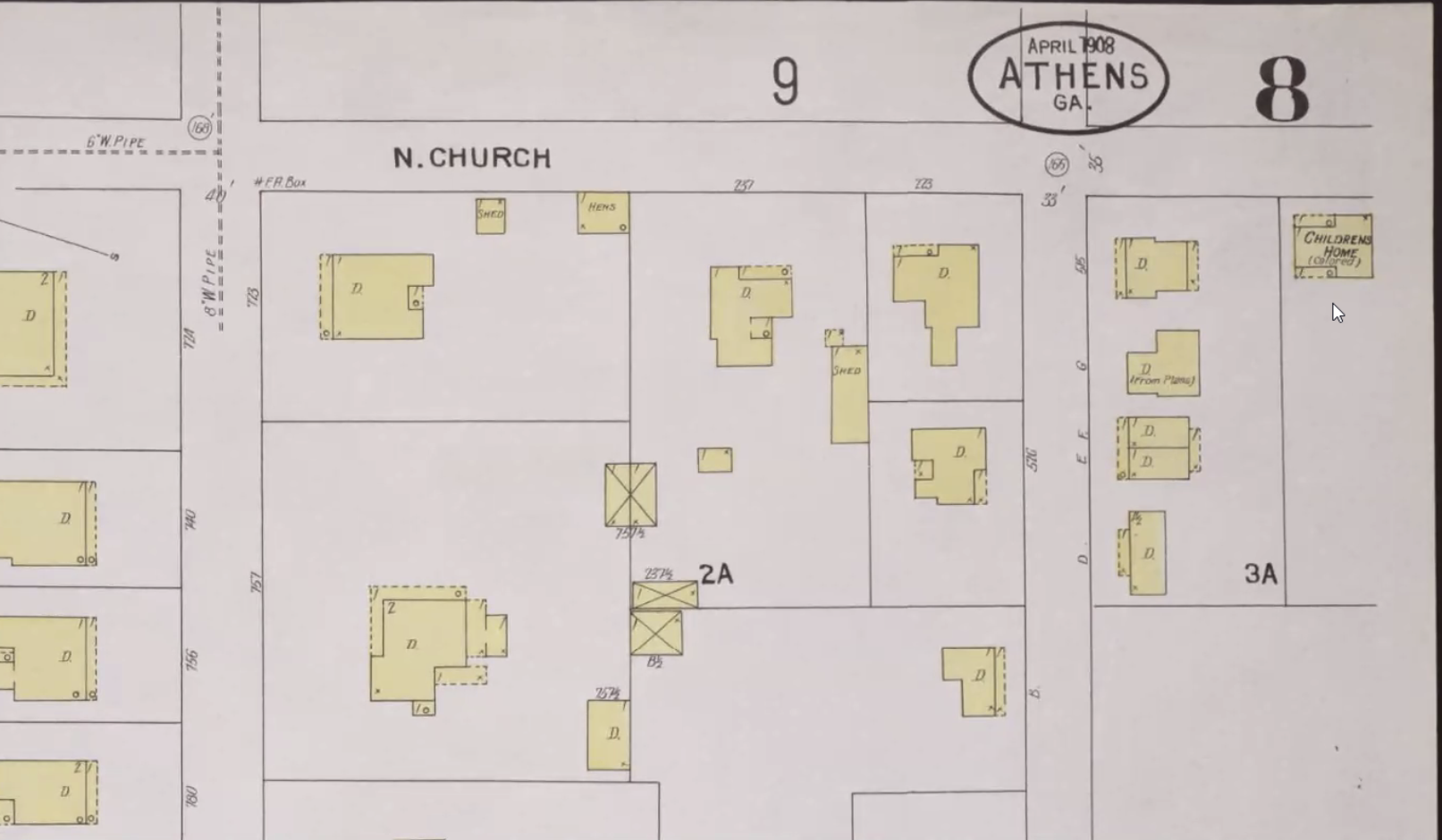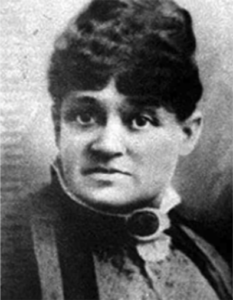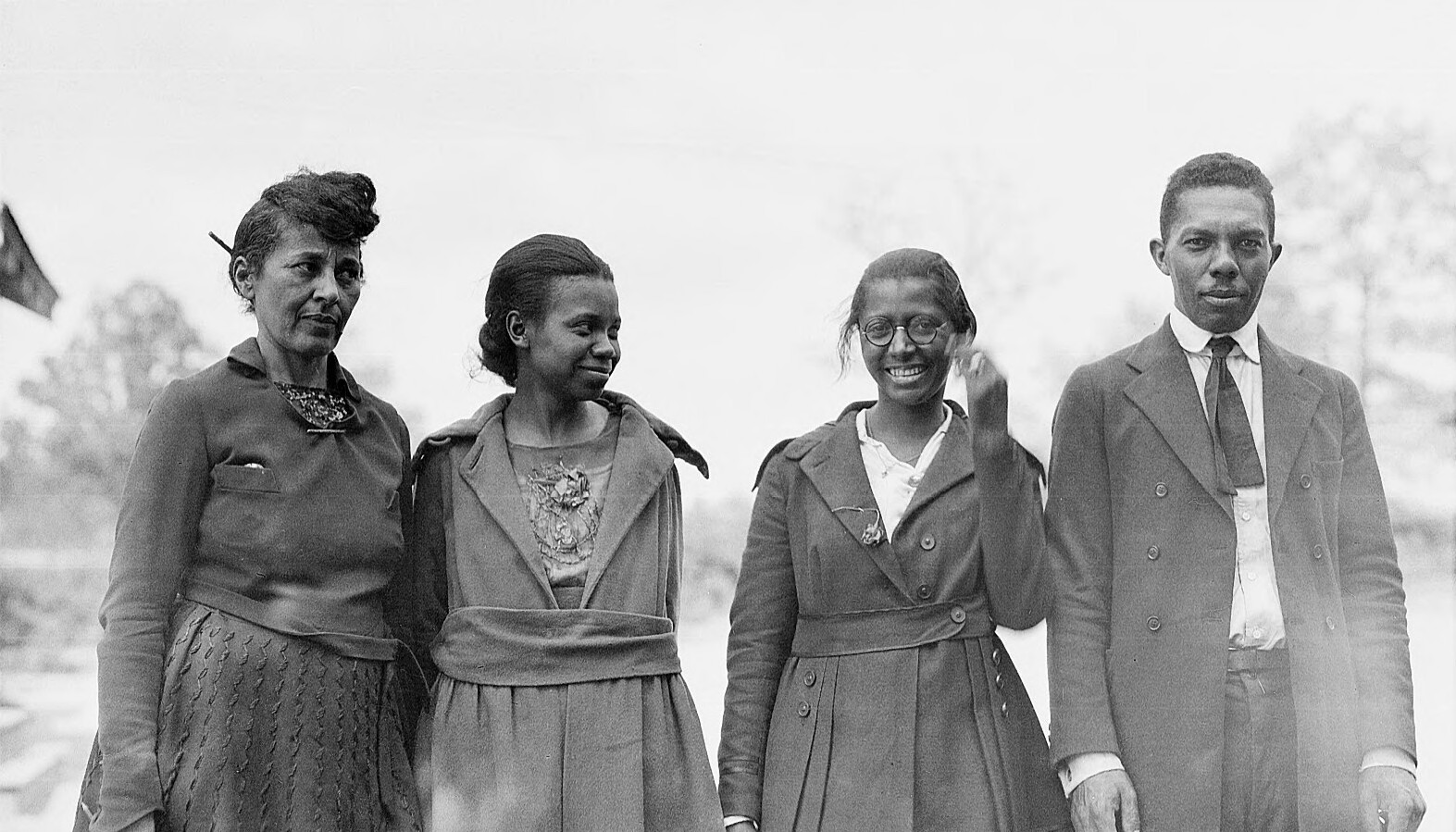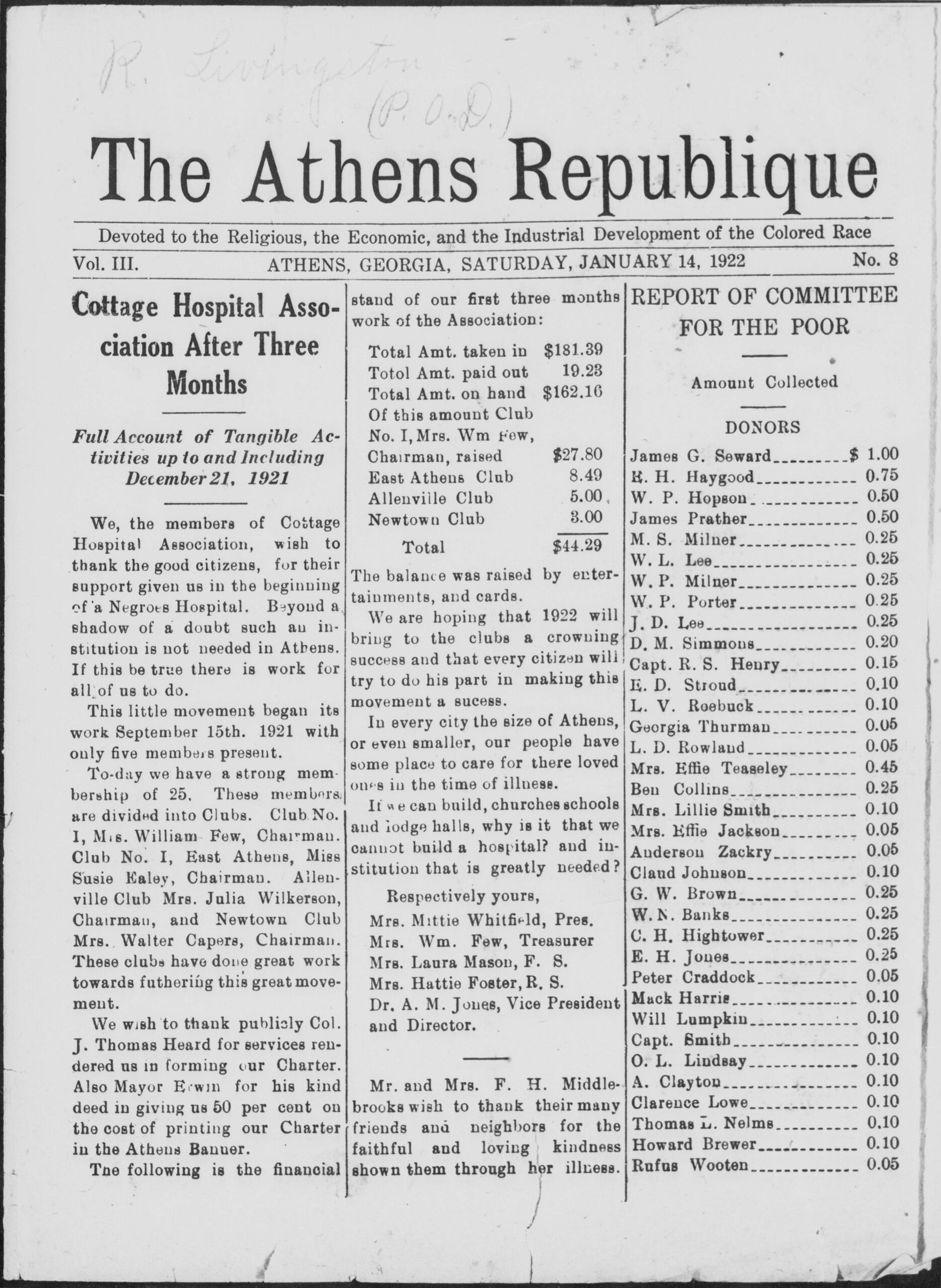Social Welfare in the Athens’ Black Community
After Emancipation in 1865, Athens’ Black reformers worked to build schools and churches to promote literacy, professionalism, land ownership, and well-being, often relying on mutual aid and aid from northern philanthropists while coping with poverty and the violence of Jim Crow and the Ku Klux Klan. These 19th– and early 20th-century reformers rarely called themselves “social workers,” but their efforts to build, protect, and enhance capabilities in their communities provide powerful examples for social workers today.
W. E. B. Du Bois, the renowned Atlanta-based sociologist, estimated Athens’ Black community as having 5-10,000 members in 1890.

W. E. B. Du Bois, who was based at Atlanta University at the turn of the 20th century, brought a series of “data portraits” to Paris that illustrated the economic and social situation of Georgia’s Black community. In this portrait, he illustrates the density of Georgia’s Black population.

Cite this Article
McPherson, J. (2024, January 6). Social welfare in the Black community. Complex Cloth. https://complexcloth.org/social-welfare-in-the-black-community/
Sources
Harty, J. S. (2020). Black contributions to mutual aid, social welfare, and social work: Supplementary reading guide. https://www.prof2prof.com/resource/black-contributions-mutual-aid-social-welfare-and-social-work-history
